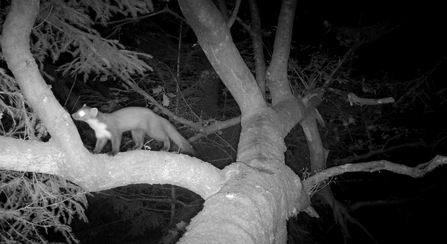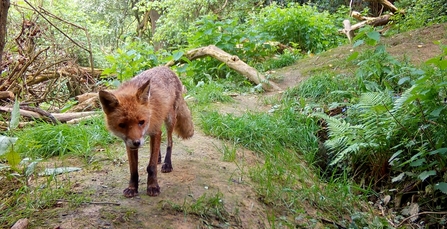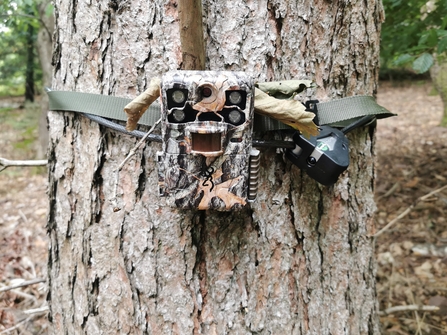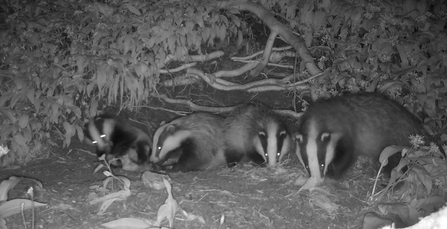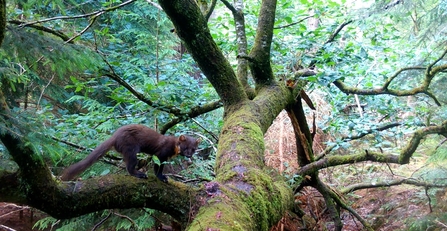Though they’ve long been used by scientists and film-makers, trail cameras are now widely available with many models on the market to suit most budgets. All of them do the same thing, using a motion-activated camera to capture photos or videos of any animals passing by. Infra-red lighting means they can even see in the dark.
At Gloucestershire Wildlife Trust, we use trail cameras to monitor life on our reserves and keep track of species like the pine marten following their reintroduction into the Forest of Dean. You too can use trail cameras to get to know the wildlife in your local area, so here are a few tips to get you started.


